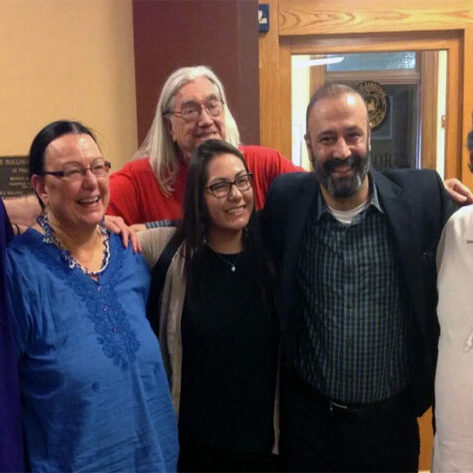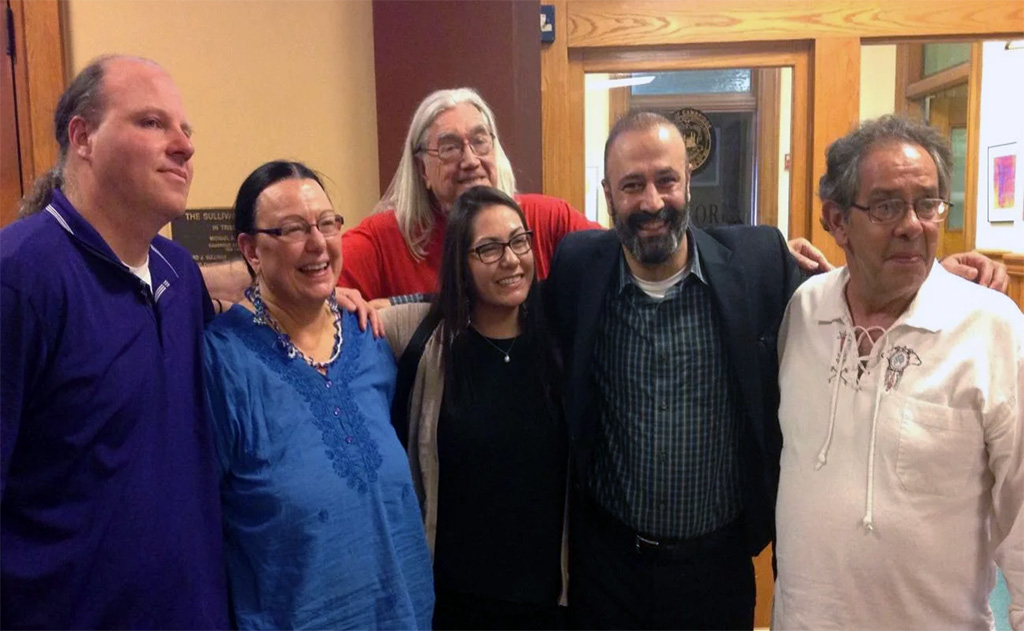
November is Native American Heritage Month, but Indigenous history can be celebrated all year

By Beth Folsom, 2022
Activists began a formal campaign more than a century ago to designate a day of recognition for the contributions Indigenous peoples have made to the establishment and growth of the United States. In 1915, the Congress of the American Indian Association formally approved a plan concerning American Indian Day. Its leader, the Rev. Sherman Coolidge, issued a proclamation that Sept. 28 declaring the second Saturday of each May as an American Indian Day and contained the first formal appeal for recognition as citizens. In 1990, President George H.W. Bush issued an official declaration naming November as National Native American Heritage Month, an expansion that has continued for the past three decades.
The move to change the time of year reflects the strong correlation in the minds of many between Indigenous peoples and the Thanksgiving story. Traditionally portrayed as a tale of disparate cultures coming together in good will and harmony, the story of the harvest feast of 1621 in Plymouth, Massachusetts, is both much more complex and much less significant than it appears. For three days, English Pilgrims and members of the Wampanoag tribe shared food and fellowship, but the meaning of these celebrations differed – for the colonists, this was a time to give thanks for their survival in the “wilderness” of what they referred to as the New World; for the Wampanoag, it was a liminal moment in which it became clear that the English were not visitors, but were to be a permanent fixture on their land and in their world.
Although Thanksgiving and its accompanying celebrations provide an opportunity to learn about Indigenous history, we need not be limited to November. As part of its mission to collect and share the stories of all Cantabrigians, History Cambridge has created an Indigenous People’s History Hub with resources for learning about Indigenous experiences in and around the city, as well as connecting with other local organizations doing this important work. In 2018, History Cambridge created a land acknowledgment in commitment to doing good history and telling the whole story of Cambridge. Though acknowledging our occupation of Indigenous land is an important step in recognizing the presence of Indigenous life, we must also make a continued effort to learn from and engage with the past and present histories of Native life and culture in the spaces we occupy. The creation of this hub is only the beginning of these efforts. Over time we hope to expand the hub to fill the gaps in recorded history and uplift the stories and voices of Indigenous peoples past and present.
How can you use the resources in the Indigenous People’s History Hub to look beyond November and the story of the first Thanksgiving? Read a book or journal article listed there, check out the links to the stories of Indigenous historical figures and explore links to the websites of Indigenous tribes and other organizations. Take action on one of the many pieces of legislation affecting Indigenous communities and see what events local communities are holding to learn about and celebrate their Indigenous history. And remember that Indigenous stories are still being created well as commemorated in the past – the story of Indigenous Cambridge is still being written.
Beth Folsom is programs manager for History Cambridge.
This article was originally published in our “Did You Know?” column in Cambridge Day.
